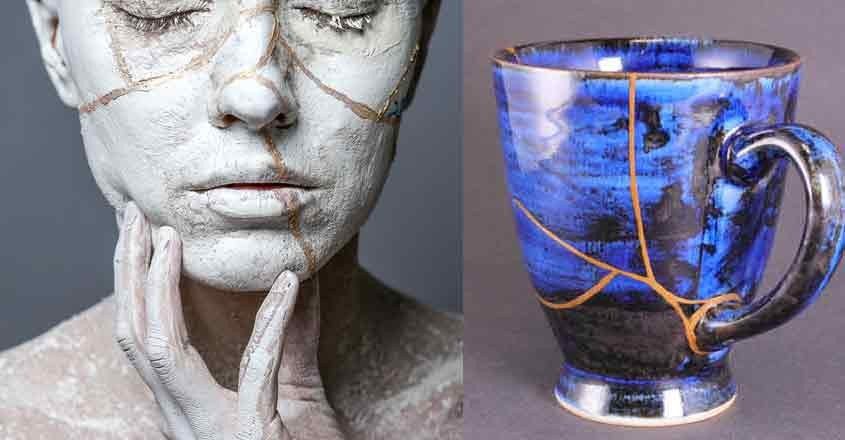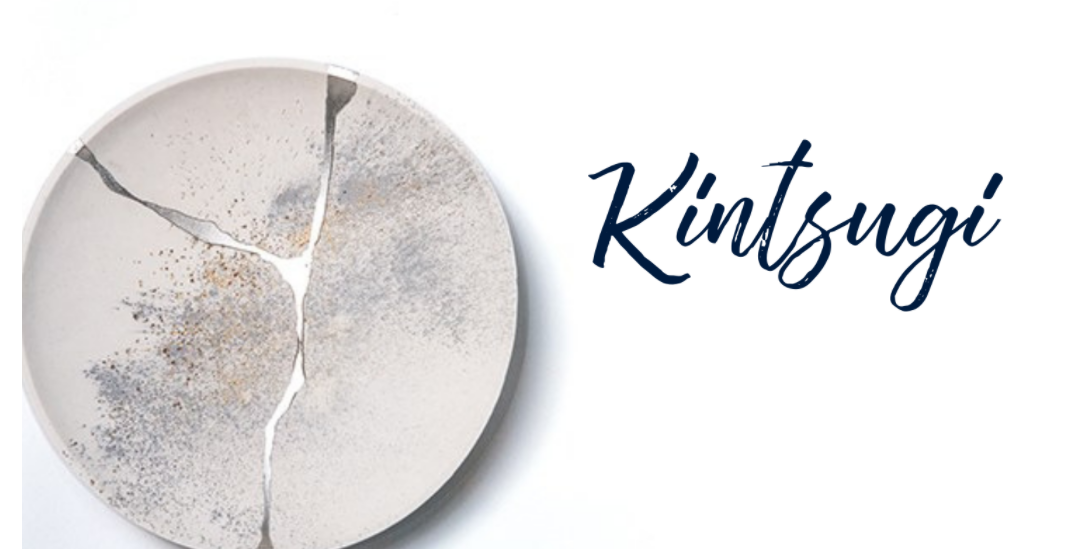The Japanese art of "Kintsugi" and its must-know philosophy
22 April 2021
Post by Admin

Kintsugi inspires us to look for the potential of things and people
Though we may keep a little quiet about this, especially when we’re young, we tend deep down to be rather hopeful that we will – eventually – manage to find perfection in a number of areas. We dream of one day securing an ideally harmonious relationship, deeply fulfilling work, a happy family life and the respect of others. But life has a habit of dealing us a range of blows – and leaving nothing much of this array of fine dreams save some shattered and worthless fragments.
It’s at moments of disillusion that we might turn our minds to a concept drawn from Japanese philosophy, and in particular, from the Zen Buddhist approach to ceramics. Over the centuries, Zen masters developed an argument that pots, cups and bowls that had become damaged shouldn’t simply be neglected or thrown away. They should continue to attract our respect and attention and be repaired with enormous care – this process symbolising a reconciliation with the flaws and accidents of time, reinforcing some big underlying themes of Zen. The word given to this tradition of ceramic repair is KINTSUGI
Kin = golden
tsugi = joinery
It means, literally, ‘to join with gold’. In Zen aesthetics, the broken pieces of an accidentally-smashed pot should be carefully picked up, reassembled and then glued together with lacquer inflected with a very luxuriant gold powder. There should be no attempt to disguise the damage, the point is to render the fault-lines beautiful and strong. The precious veins of gold are there to emphasise that breaks have a philosophically-rich merit all of their own.
The origins of Kintsugi are said to date to the Muromachi period, when the Shogon of Japan, Ashikaga Yoshimitsu (1358-1408) broke his favourite tea bowl and, distraught, sent it to be repaired in China. But on its return, he was horrified by the ugly metal staples that had been used to join the broken pieces, and charged his craftsmen with devising a more appropriate solution. What they came up with was a method that didn’t disguise the damage, but made something properly artful out of it.
Kintsugi’s significance is not limited to the field of restoring broken ceramics, it’s a thought-provoking notion that can be applied to our lives. For example, Kintsugi is related to the Japanese philosophy of wabi-sabi which states the importance of embracing imperfections in our lives.
Kintsugi teaches us to celebrate imperfections and that as human beings, imperfections are that as human beings, imperfections are inevitable, whether in appearance, character or actions. Learning to accept our flows is a process that will lead to a deeper sense of peace and fulfillment.
Source:
https://www.theschooloflife.com/thebookoflife/kintsugi/
https://www.onmanorama.com/lifestyle/news/2019/12/04/japanese-art-kintsugi-philosophy.html
Photo: Shutterstock, https://www.themacho.co/2021/kintsugi-how-to-accept-your-imperfections/

